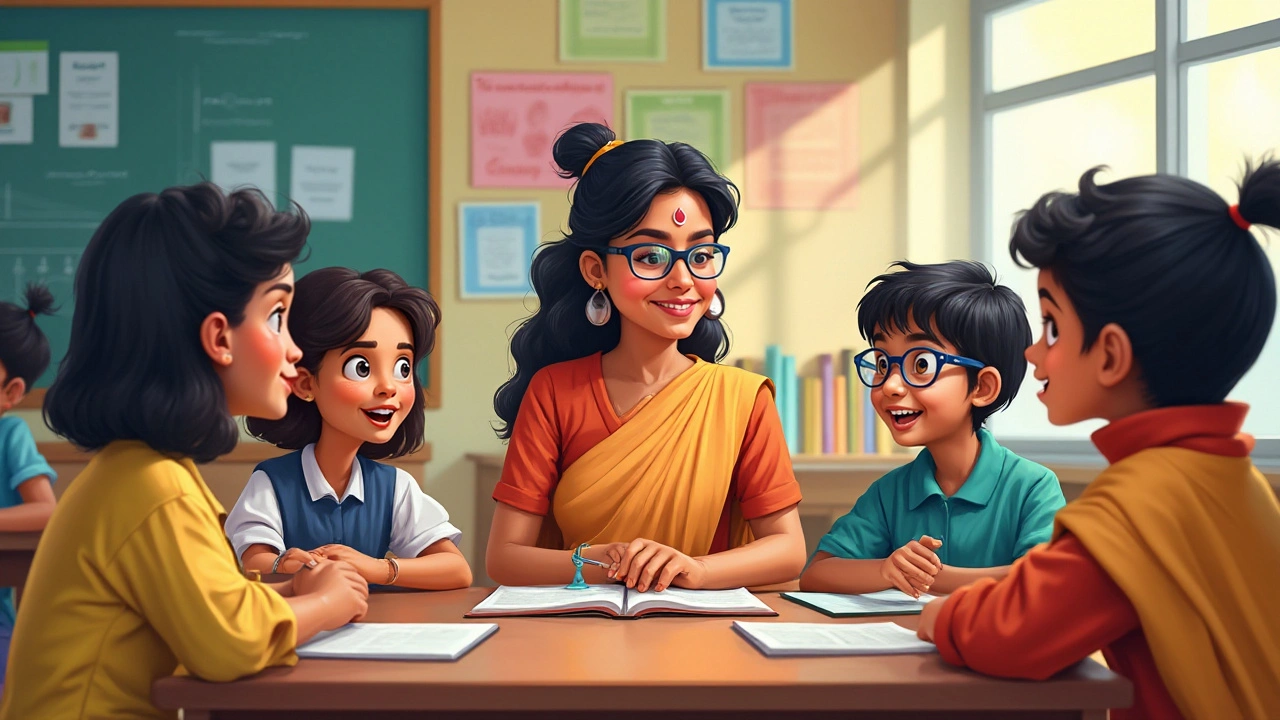Educational Board: Types, Roles, and Impact
When talking about educational board, the authority that designs curricula, conducts examinations, and sets academic standards for schools. Also known as school board, it governs what students learn and how they are assessed. A major example is CBSE, the Central Board of Secondary Education, which follows a national curriculum across India, sometimes called the Central Board. Another key player is ICSE, the Indian Certificate of Secondary Education, known for its comprehensive syllabus and emphasis on language skills, also referred to as Council for the Indian School Certificate. Finally, many states run their own State Boards, regional authorities that tailor curricula to local needs and languages, often called state education boards.
An educational board defines the curriculum, and that curriculum determines the topics covered in class. The board also sets the exam pattern, which in turn guides student preparation strategies. Because of this, the board’s decisions directly influence college entrance exams like JEE or NEET, and even eligibility for postgraduate programs such as MBA studies. When a student follows a CBSE syllabus, the focus on science and math aligns well with JEE preparation, while ICSE’s broader language component can benefit communication skills needed in MBA interviews.
Why Board Choice Matters for Parents and Students
Choosing the right board is more than picking a name; it affects teaching methods, assessment frequency, and the availability of resources. For example, CBSE schools often use digital platforms like Google Classroom, which make remote learning smoother—a boon during distance‑education phases. ICSE schools may prioritize project‑based learning, encouraging critical thinking that helps in subjects like economics or literature. State boards, on the other hand, might incorporate regional history and language, supporting cultural continuity for families staying within a particular state.
Board policies also shape teacher demand. Subjects where boards emphasize depth—such as physics in CBSE or languages in ICSE—create higher demand for specialized teachers. This demand shows up in job markets, with many schools actively recruiting qualified staff to meet board standards. Understanding these dynamics helps parents anticipate the support their child will receive and plan for extracurricular tutoring if needed.
Switching boards can be tricky. If a student moves from a state board to CBSE, they may need to adjust to a different grading scale and exam style. Conversely, moving to a state board might require catching up on regional language requirements. Parents should assess the transition period, look for schools offering bridge programs, and consider the impact on upcoming board exams.
Practical tips for picking a board include: reviewing the syllabus depth, checking the school’s track record in board exam results, evaluating the availability of extra‑coaching for competitive exams, and ensuring the school uses modern teaching tools. Also, ask about teacher qualifications, especially in high‑demand subjects identified by the board.
With a clear picture of how boards shape curricula, exams, and teaching quality, you’ll be better equipped to choose the path that aligns with your child’s goals. Below, you’ll find a curated list of articles that dive deeper into exam preparation, career options, and the latest educational tools—all linked to the board systems discussed here.
